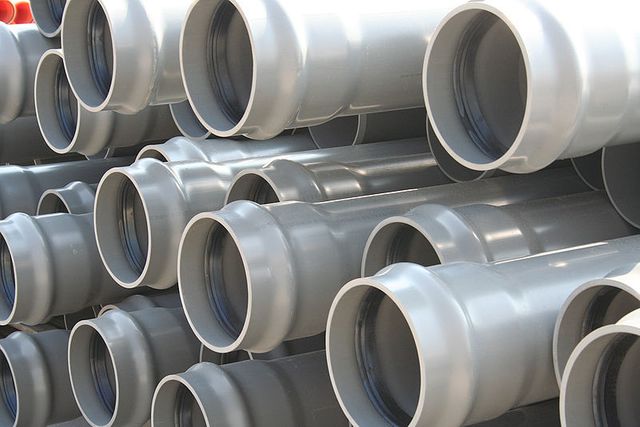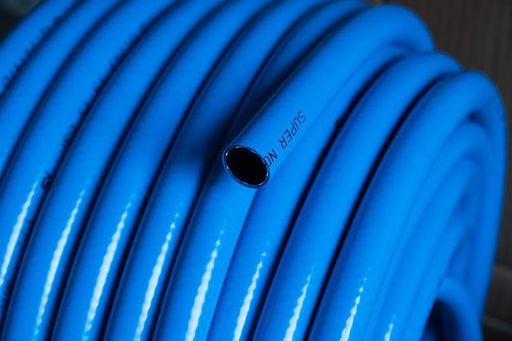May 26,2022
Everything You Need to Know About PVC
by Jennifer Cameron inEuropean Style
Polyvinyl Chloride (PVC) is an especially common thermoplastic polymer found in many everyday items like packaging, footwear, seat covers, clothing, medical instruments, signs, and many more. For a plastic, PVC sports some remarkable tensile strength and durable characteristics, making them especially common in the construction industry. Since its discovery by Henri Regnault in 1838 and its first commercialization in 1926, PVC has undergone its share of innovation over the years to become among the most widely used plastics in the world today. From its production to its characteristics and uses, this article explains every essential detail you need to know about polyvinyl chloride.

How is PVC Created?
PVC is created through a reaction of chemicals including carbon, ethylene, and chlorine. Oil and salt are the key raw materials used in production. The chlorine is a result of the electrolysis of salt water, and ethylene is extracted from oil. Combining the resulted chemicals create a vinyl chloride monomer (VCM), which is an uncolored compound that goes through a polymerization process to produce regular PVC. To further reinforce its qualities, additives are assimilated for a customized and reworked PVC material.
What Are the Characteristics of PVC?
PVCs are thermoplastic, meaning they can become soft when heated and harden when cooled without much degradation. This also means that PVCs do not burn, but turn to liquid when reaching their melting point, which is especially useful for recycling. The high density of PVCs makes them exceptionally sturdy and resistant against any deformation from impact similar to other types of plastic. PVCs are also highly resistant to alkali and other chemicals. In addition to its excellent attributes, PVC is relatively low-cost and widely available, making them easily accessible across a wide variety of uses and projects. Also, these durable plastics are recyclable, ensuring they can always be repurposed and never go to waste.

What is PVC Used For?
Although it is utilized in numerous everyday objects, PVC is mostly found and used in the construction industry for its sturdy and long-lasting qualities. PVC’s durable characteristics make them excellent replacements for metal piping and other circumstances in which corrosion is an issue. Since PVC can have varying forms depending on the chemicals added to its base form, these plastics prove to be highly flexible and can be customized for varying uses. PVC can be tailored to be tough and durable material for use in home construction like window frames, roofing, flooring, piping, and many more. Aside from construction, PVC can be flexible and soft for use in things like clothing, shoes, bags, and bags. Polyvinyl chloride can even be formed into pvc sheets for commercial uses like laminating, signage, and printing.
Disadvantages of PVC
PVCs have many excellent qualities, but these popular plastics have a couple of cons as well. One of them is the hazardous emission of corrosive and toxic gases when the plastic is heated and melted. This is apparent in processes utilized in machines like injection molding apparatuses, 3D printers, and CNC appliances. The other issue with PVCs is their naturally corrosive characteristics that become apparent when the plastic is constantly in contact with machines not having corrosion-resistant metal and materials like stainless steel. Machines that are mostly non-resistant against corrosion will likely deteriorate over time when working on PVC, and will eventually affect the functionality of the machine.
Conclusion
Despite its few drawbacks, PVC is a generally superb plastic material given its numerous assortment of great qualities. Polyvinyl chloride simply offers excellent value since its pros heavily outweigh its cons. In knowing the properties and qualities of PVC, we can maximize the beneficial characteristics of this versatile plastic for further future innovation.
